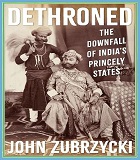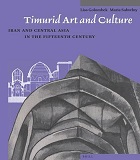Pages:
xii, 311 pages : illustrations ; 23 cm
Summary:
Pakistan at Seventy-Five investigates the countrys multi-layered issues in the context of a post-colonial polity marked by diversity, heterogeneity, stratification and volatility. This wide-ranging discourse engages with diverse formal and informal actors as markers of identity, historical events and social conditions, as well as global geo-political and neo-colonial centreperiphery relations that shape narratives about the nation and the constructions of a sense of belonging. The editors and contributors utilise multi-faceted and multi-layered approaches, focusing on (1) identities, and questions of diversity and pluralism; (2) horizontal and vertical technologies and geographies of power related to questions of trust, legitimacy, participation, and governance; and (3) the distribution, deprivation and vulnerability of sociocultural, political, and human resources. Studying Pakistan has been subject to different approaches, including decolonial, indigenous, and feminist perspectives. This volume draws out alternative epistemological and methodological viewpoints: the insideroutsider conundrum, centreperiphery asymmetries, hegemonic discourses, and practices within Pakistans national/international academy. The chapter contributions are the outcome of a unique interdisciplinary research cooperation at Quaid-i-Azam University, focussing on early career researchers. Presenting a multiplicity of voices and trajectories, Pakistan at Seventy-Five provides new input to existing debates and directions for future scholarly endeavour. Contributors: Aftab Nasir, Andrea Fleschenberg, Arslan Waheed, Salman Rafi Sheikh, Sanaa Alimia, Sarah Holz, Sohaib Bodla, Wajeeha Tahir.








